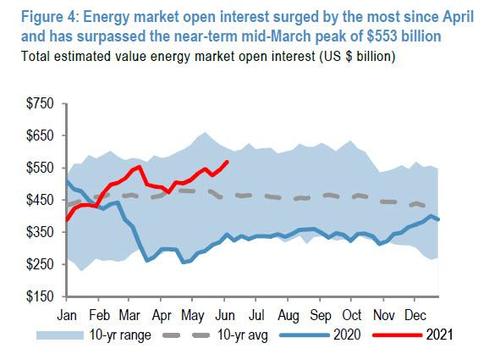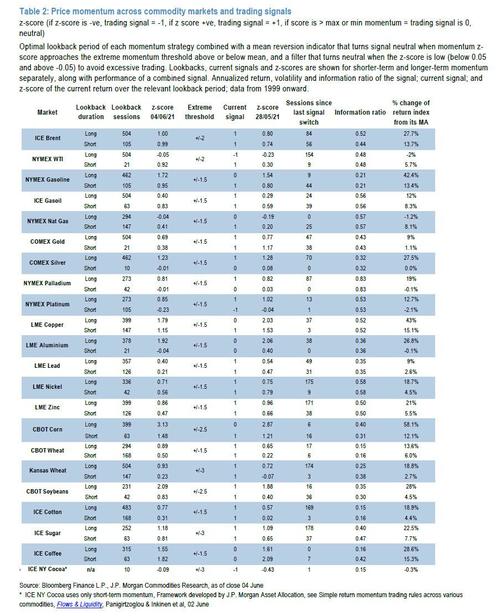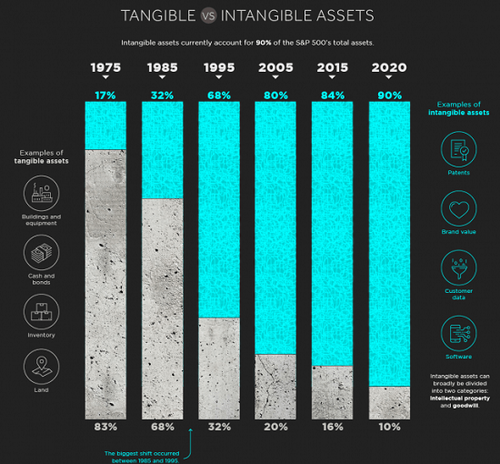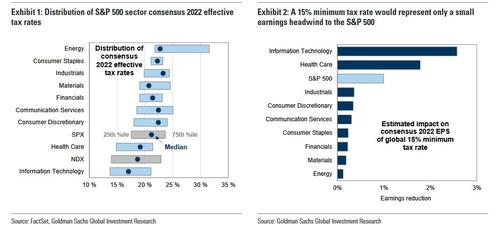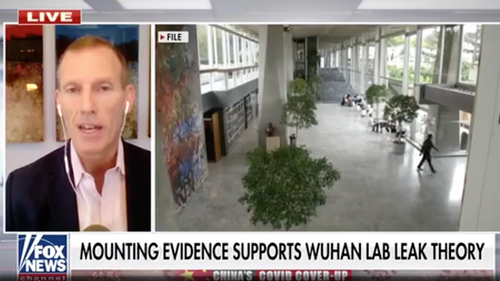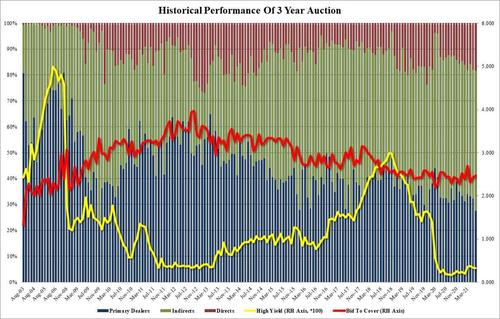
The idea of “Spermageddon,” as the popular science press likes to call it, was launched by a group of Scandinavian researchers in an article published by the journal BMJ back in 1992, in which they reported that the average human sperm count had fallen by nearly 50 percent over the last 50 years. The authors speculated that increasing exposure to “compounds with oestrogen-like activity” might be responsible for declining sperm counts. In their 1996 book, Our Stolen Future: Are We Threatening Our Fertility, Intelligence and Survival?—A Scientific Detective Story, zoologist Theo Colborn and her colleagues argued that pervasive synthetic chemicals dubbed “endocrine disrupters” were responsible for all manner of health and environmental problems, including falling sperm counts. Ever ready to fan the flames of panic, the publicists at Greenpeace quickly initiated a clever campaign of advertisements declaring, “You’re not half the man your father was.”
In 1997, California Department of Health Services epidemiologist Shanna Swan and her colleagues published a study in Environmental Health Perspectives that also found declining sperm counts in the U.S. and Europe. “Among the adverse health endpoints that have been linked to endocrine-altering chemicals in the environment,” they noted, “male reproductive dysfunction, and particularly impaired semen quality, is of particular concern.”
Swan has a made a career out of flogging the idea that trace exposures to synthetic endocrine disrupting chemicals are drastically harming human male fertility. For example, she was a co-author of a 2017 meta-analysis in Human Reproduction Update that reported “a significant decline in sperm counts (as measured by SC [sperm concentration] and TSC [total sperm count) between 1973 and 2011, driven by a 50–60% decline among men unselected by fertility [that is, it is not known whether or not they had conceived a pregnancy] from North America, Europe, Australia and New Zealand.”
Earlier this year, Swan and her co-author Stacey Colino popularized their alarm over the alleged harms of commonly used synthetic endocrine disrupting chemicals in their new book, Count Down: How Our Modern World Is Threatening Sperm Counts, Altering Male and Female Reproductive Development, and Imperiling the Future of the Human Race. Swan and Colino even recycled the old Greenpeace claim, “A man today has only half the number of sperm his grandfather had.”
A new analysis in Human Fertility by an interdisciplinary team led by Harvard science historian Sarah Richardson finds that the 2017 meta-analysis by Swan and her colleagues suffers from significant methodological problems. Consequently, their claims about declining human sperm counts and rising rates of infertility are at least exaggerated, if not just wrong.
Among other things, the new study finds that Swan’s falling sperm count trend in “Western” countries was obtained only after cobbling together data showing no significant trends in U.S. sperm counts with declining Western European trends. In addition, average sperm counts in the flat trend in “Other” populations from South America, Asia, and Africa were actually fairly close to the now lower Western sperm counts reported by Swan. Consequently, the authors of the new study observe that Swan’s research “produces a picture of crisis around declining sperm counts among Western men, but treats the already lower average sperm counts of non-Western ‘Other’ men as outside of the umbrella of concern and crisis.”
Richardson and her colleagues also note that Swan’s declining Western sperm counts are still well within the World Health Organization’s normal range of 15–259 million sperm per milliliter for individuals. In response to Swan’s 2017 article, Peter Schlegel, the chair of urology at Weill Cornell Medicine and NewYork-Presbyterian, told The New York Times in 2018, “if you had a decrease in sperm count in the 50 to 60 percent range, we would expect the proportion of men with severe male infertility to be going up astronomically. And we don’t see that.”
With respect to fertility, Allan Pacey, an andrologist at the University of Sheffield and the editor of Human Fertility, told The New York Times that, “doubling your sperm count from 25 to 50 million doesn’t double your chances. Doubling it from 100 to 200 million doesn’t double your chances—in fact it flattens off, if anything. So this relationship between sperm count and fertility is weak.”
Swan’s claim that exposure to minuscule amounts of synthetic endocrine disrupting chemicals found in plastics, flame retardants, electronics, food packaging, pesticides, personal care products, and cosmetics is causing widespread health problems has been debunked many times. Recently, a group of European toxicologists pointed out in a 2020 editorial in the Archives of Toxicology that “the potencies of S-EDCs [synthetic-endocrine disrupting chemicals] are much lower than for N-EDCs [natural-endocrine disrupting chemicals], drugs or endogenous hormones.” They conclude that “therefore, at the low human exposures that have been demonstrated in all sensibly conducted studies, S-EDCs have virtually no chance to physiologically compete with natural hormones in binding to free receptors. This implies that the health risks of the known S-EDCs are nil or at least negligible.” That is to say that trace exposures to the chemicals that worry Swan cannot be responsible for the supposed declines in sperm counts she claims to have discovered.
Based on their analysis of what they call Swan’s “Sperm Count Decline” hypothesis, Richardson and her colleagues counter with their proposed “Sperm Count Biovariability” hypothesis. They suggest that the data show that sperm counts vary naturally over time and within populations. “Sperm count varies within a wide range, much of which can be considered non-pathological and species-typical,” they further note. “Above a critical threshold, more is not necessarily an indicator of better health or higher probability of fertility relative to less.”
In other words, the claim that Swan makes in Count Down that men face “environmental emasculation” is false.
from Latest – Reason.com https://ift.tt/3wi9IC1
via IFTTT



